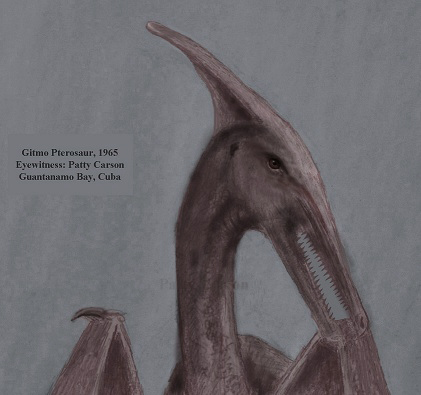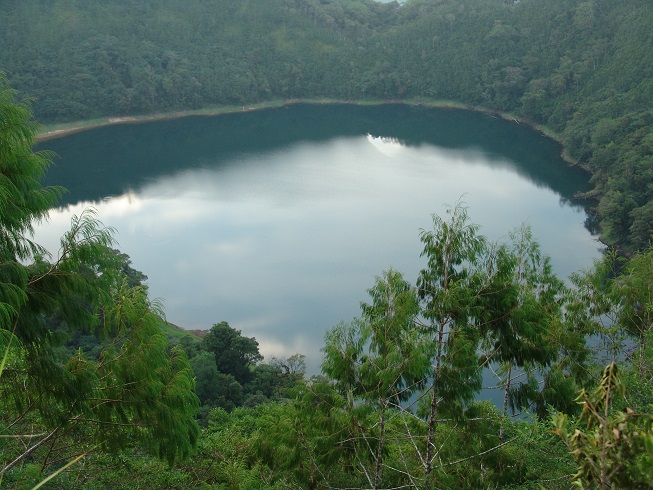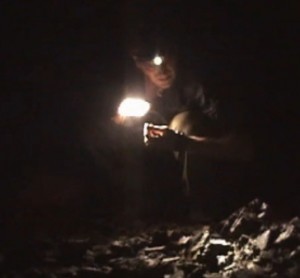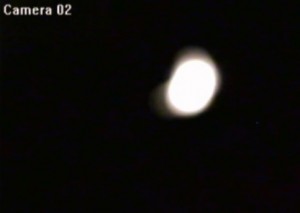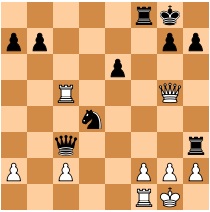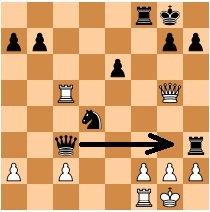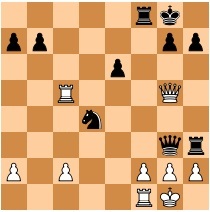Why do critics of these investigations proclaim so ardently the religious beliefs of cryptozoologists who interview eyewitnesses of apparent pterosaurs? The latest skeptic to join in criticizing online reports of ropens and other non-bat featherless flying creatures—that appears to be a biology professor in Minnesota, although I will not mention his name here. His blog post he titled “There are no living pterosaurs, and ‘ropen’ is a stupid fantasy.”
That professor made many mistakes in his post, including the end of his first paragraph: “There’s just one fanatic.” He was referring to me, Jonathan David Whitcomb. Nothing is said about the following brave cryptozoologists who have explored remote jungles in Papua New Guinea, putting their health in jeopardy, perhaps even risking their lives:
- Garth Guessman
- David Woetzel
- Paul Nation
- Jacob Kepas
Other names could be mentioned, but the above explorers have searched for living pterosaurs in Papua New Guinea during the past ten years, and each of them is a dedicated believer in the Bible and in literal understanding of important passages in Genesis. I too believe that Adam and Eve were the first humans on this planet, with no non-human parents before them (meaning NO ape-like ancestors of humans), and I too believe in a literal worldwide flood. In addition, we all believe that the ropen is a Rhamphorhynchoid pterosaur, NOT a myth or fantasy. Ropens are for real.
So why was I singled out by that biology professor in Minnesota? Three of my associates (Guessman, Nation, and Kepas) have explored in Papua New Guinea more than I have. I will not go into details about my gospel faith here, but one religious principle of which I am often aware is this: “Where much is given, much is required.” I have been given a great deal, including the time, health, and opportunities to write blog posts (and traditional web pages), books, and one scientific paper in a peer-reviewed journal of science. Because of those generous gifts from God, I have been able to write well over a thousand blog posts, in the past eleven years, about many aspects of modern pterosaur investigations. The quantity of my online writings can catch the attention of a critic.
I feel it’s time to quote what I’ve already written in my nonfiction books:
Last paragraph of the introduction in Searching for Ropens and Finding God
Believe what you will about modern dragons, about living pterosaurs, about giant glowing ropens. But the power of the testimonies of the eyewitnesses I’ve encountered, over the past ten years, including many credible natives I met on Umboi Island, makes that flying creature as real to me, almost, as if I had stared a ropen in the face. How can I deny the credibility of the eyewitnesses I have interviewed? With no other reasonable explanation, I now believe in modern dragons, in living pterosaurs, in giant glowing ropens.
Title Page of Live Pterosaurs in America (third edition)
Since the two ropen expeditions of 2004, in Papua New Guinea, more Americans have learned of the living-pterosaur investigations and the many resulting eyewitness interviews. Many web pages have sprung up, many of them by explorers themselves. But despite other web pages, by scornful critics who never went anywhere and never interviewed anyone, those two expeditions, and those that preceded and followed them, are causing an awakening, opening human minds in the birth of a new perspective: Universal pterosaur extinction has been an assumption; some pterosaur species are still living.
From the preface of Live Pterosaurs in Australia and in Papua New Guinea
I believe in living pterosaurs and hope they will soon be officially discovered. More important, I believe in you, that you can soar above dogmatic assumptions about extinctions. I hope that you already understand that we are more than a by-product of culture: Our existence transcends the boundaries of the human cultural assumptions that have shaped our beliefs.
Now is the time for us to listen carefully, to think clearly, and to act accordingly rather than simply react when a cultural belief is contradicted: now, not after the official scientific discovery of modern living pterosaurs.
.
Some of the Americans who have helped in the ropen searching and investigations in Papua New Guinea, since 2003 – Thank you to them and to their families and friends who supported them
###
.
Pterosaurs, “No Evidence,” and Poop in the Freezer
One critic, a biology professor in Minnesota, insists there is “no evidence,” in my writings, for any living pterosaur. What does he mean? . . . If I were to respond, in one posting, to all his negative comments about my writings, my religion, and my personal motivations, it would be a long posting indeed.
“Don’t Get Strung Along by the Ropen Myth” – a Reply
Notice the Smithsonian blog post by Brian Switek, dated August 16, 2010: not one reference to an eyewitness sighting report. Switek says “such anecdotes,” without mentioning what he is talking about. He says much about the religious beliefs of Blume and Woetzel, as if that counts against their ideas, but why does he say nothing about what caused those expeditions: eyewitness reports?
Ropen – Is it a Pterosaur?
How often we’ve been taught that all dinosaurs and pterosaurs became extinct millions of years ago, as if that were proven! But what if some are still living? Before you dismiss the concept of a modern pterosaur (in particular, of a long-tailed featherless Rhamphorhynchoid), consider the many eyewitness testimonies of those flying creatures.
. . . Guessman recognized that this relates to the stiffening extension rods of Rhamphorhynchoid vertebrae: all but a few vertebrae are locked into stiffness; the few that are flexible are near where the pterosaur’s tail connects to the body.
.



